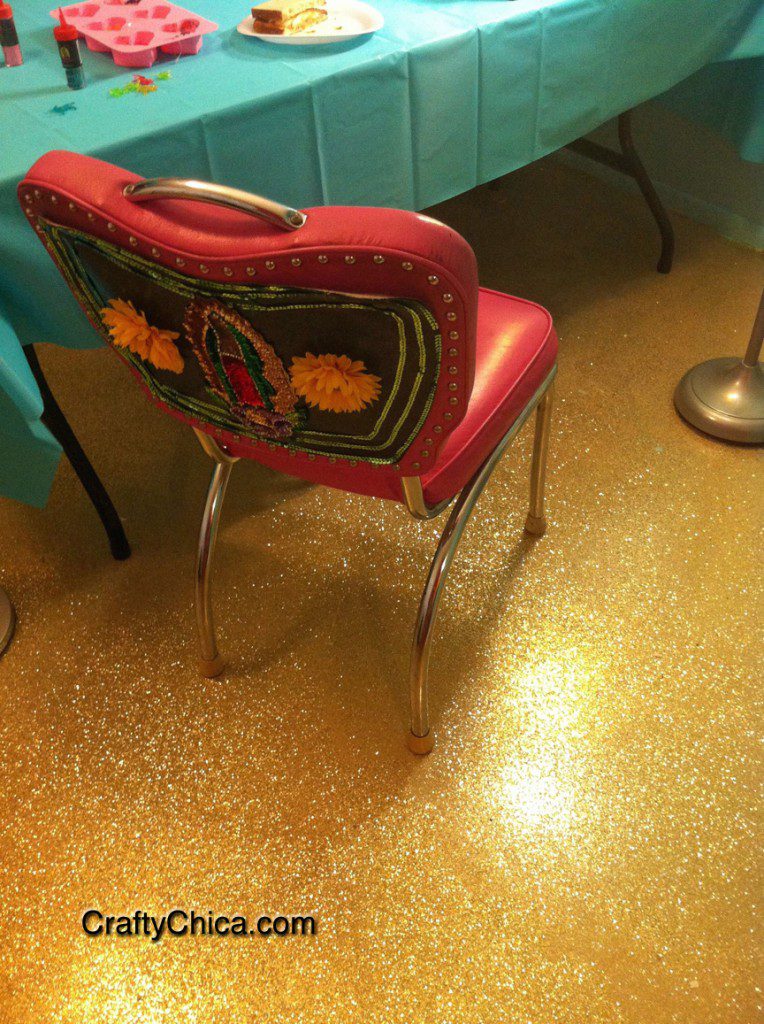Keep your friends guessing – and running – with these movie-inspired Halloween basement ideas!
The first rule of every horror movie is: Don’t go into the basement. People, don’t go into the
basement! But no one listens to that advice. Instead, almost every horror film star inevitably descends the creaky, spider-infested basement stairs where the stalker, monster, or serial killer waits patiently with a record player poised to play a song that no one’s heard since the 1940s and an old, rust-stained (or is it blood-stained?) machete. If you’re
decorating your basement this Halloween and you’re hoping to lure unsuspecting friends and family into your bone-chilling basement of doom and terror (too over the top?) these five horror movie scenes may inspire some of your decorations.
The Shining
Stanley Kubrick, director of The Shining starring Jack Nicholson and Shelley Duvall, knows very well that sometimes simplicity is all you need to scare the bejesus out of people. Ask your niece or nephew to help you recreate the most terrifying characters of all time: identical twin children. Provide them both with outdated matching outfits, cover them in red Jell-O and have them stand at the end of a hallway while strobe lights flicker to reveal their sinister intentions. For an added effect, hide in another room behind your haunted house attendees and bang against the wall while screaming, “
Here’s Johnny!”
Texas Chainsaw Massacre
If you’re decorating for an audience craving a real scare, this is the theme for you. Not for the faint of heart, this theme is sure to have your visitors running from your basement – mostly because you’ll be
chasing them out with a fake chainsaw. Start by placing some haystacks, cornstalks and farmer’s tools such as shovels and rakes around your basement. Rent or purchase a
fog machine and plug it in somewhere no one can see it (or trip over it). The fog will slowly creep over the corn and hay and will have your visitors believing they’re stuck in a serial killer’s back yard.
Now for the most essential element of your massacre themed basement: the chainsaw. Although we hope you already know this, we feel the need to reiterate: Real chainsaws can permanently injure people. DO NOT use a real chainsaw for your haunted house. Instead, use a leaf blower. They’re lighter in weight, the sounds are similar to that of a chainsaw, and you won’t have to worry about accidentally impaling someone. Wear a pair of overalls and a ski mask and stand in a dark corner of your basement. When your visitors get close, rev up your leaf blower and wait for the screams to ensue.
*Some people suggest removing the chain from the chainsaw and using that as a prop. Although the chain is what the machine uses to actually cut things, a chainless chainsaw can still be dangerous. People actually go to classes to learn how to use a chainless chainsaw for haunted houses and trails. Stick with the leaf blower.
Killer Klowns From Outer Space
This ‘80s flick features killer klowns (with a “k” to evoke extra fear). Well, actually they’re aliens dressed as clowns because every extraterrestrial being knows that the easiest way to gain a human’s trust is through a scary clown costume. Clowns, plus darkness, plus enclosed spaces, equals the perfect haunted basement theme. You and your family can dress up as clowns and hide in various corners of the room. When your visitors get close, run past them. Strobe lights are essential here because they will make it more difficult for visitors to see where you’re going. Are you behind them? Next to them? Across the room? They have no idea! All they know is that your haunted basement is one they will remember for a long time.
Holiday-Horror Themed Basement
Horror films were once considered a Halloween-time treat for the nerves. However the genre has quickly crossed over to year-round holidays. There are now so many films based on malicious versions of loveable holiday characters that it can be difficult to choose just one to use as inspiration for your haunted basement. By recreating elements from heartwarming holiday classics such as
Thankskilling directed by Jordan Downey,
Gingerdead Man voiced by Gary Busey, and Leprechaun starring a young Jennifer Aniston, you can enchant your visitors with an all inclusive holiday horror fest. Designate sections of your basement to each holiday. Use traditional decorations like Christmas trees and shamrocks to design each room, then sprinkle in elements of blood-curdling horror like severed limbs (fake) and bloody goo (also fake).
Frankenstein
A corrupt scientist taking experiments a bit too far is a plotline that has been revised countless times over the years, but no matter how many versions are created, one element always endures: the laboratory. You can really give your visitors the opportunity to interact with your design with this theme. Fill jars with things like Jell-O and chopped almonds for a slimy but crunchy texture, spaghetti and pudding for a gooey and stringy texture, and anything else you can find. Place the jars on your “operating table.” Make sure that the jars are accessible, then adjust the lighting so that it’s light enough for your visitors to see where they’re going but too dark for them to see what’s in the jars. Ask your visitors to gather around the table and reach into the jars to feel the “brains” and “organs” that you’ve harvested from your experiments. You can even include jelly-filled gummy treats and other delicious goodies that your visitors can – reluctantly at first – ghoulishly sample!
Do you decorate your house for halloween? Have you ever designed a haunted basement? What’s your favorite holiday decoration? Tell us in a comment below!































